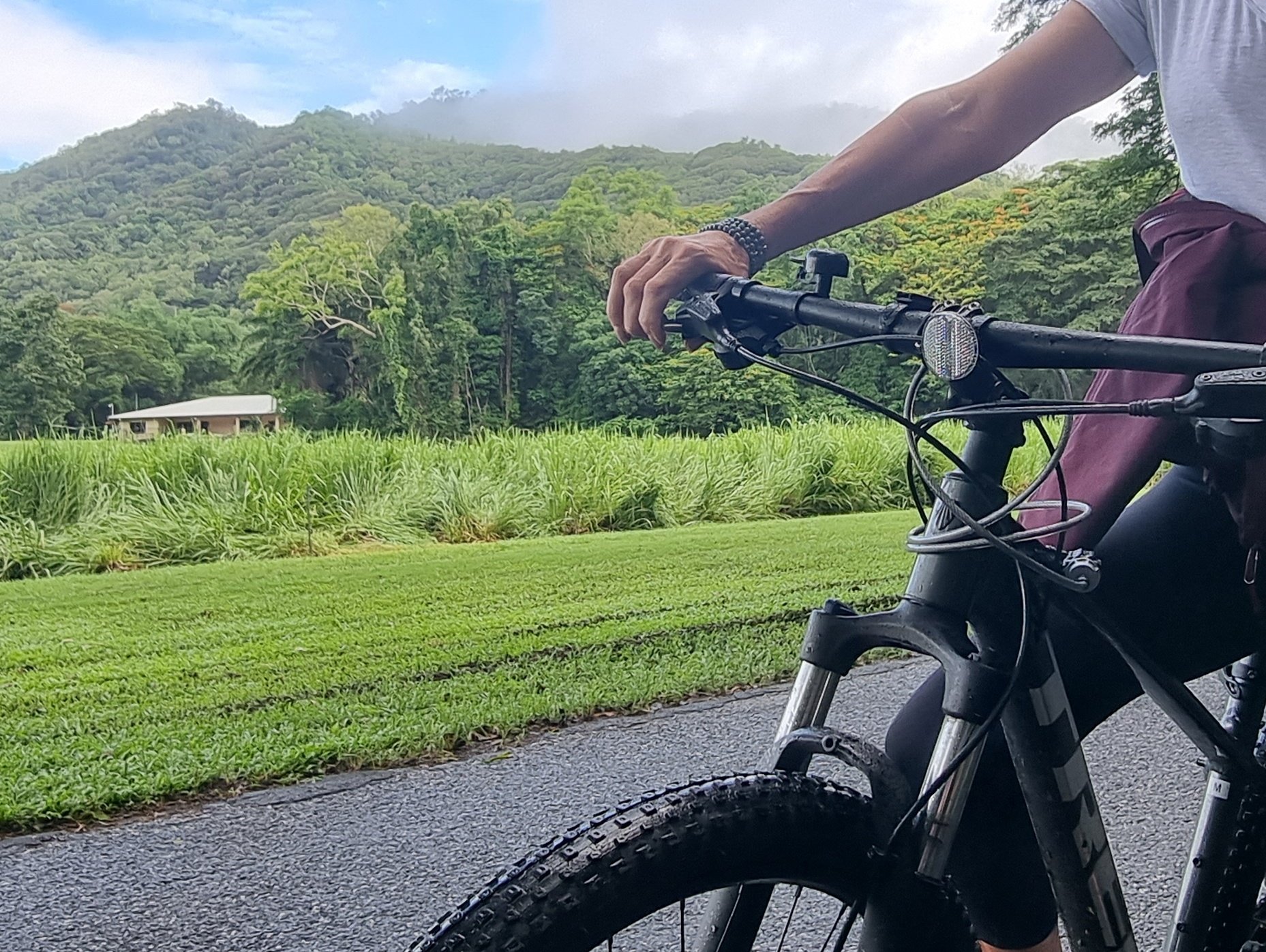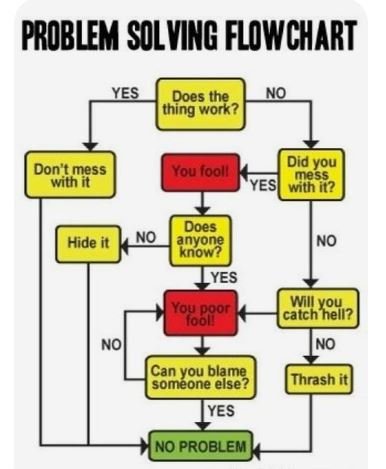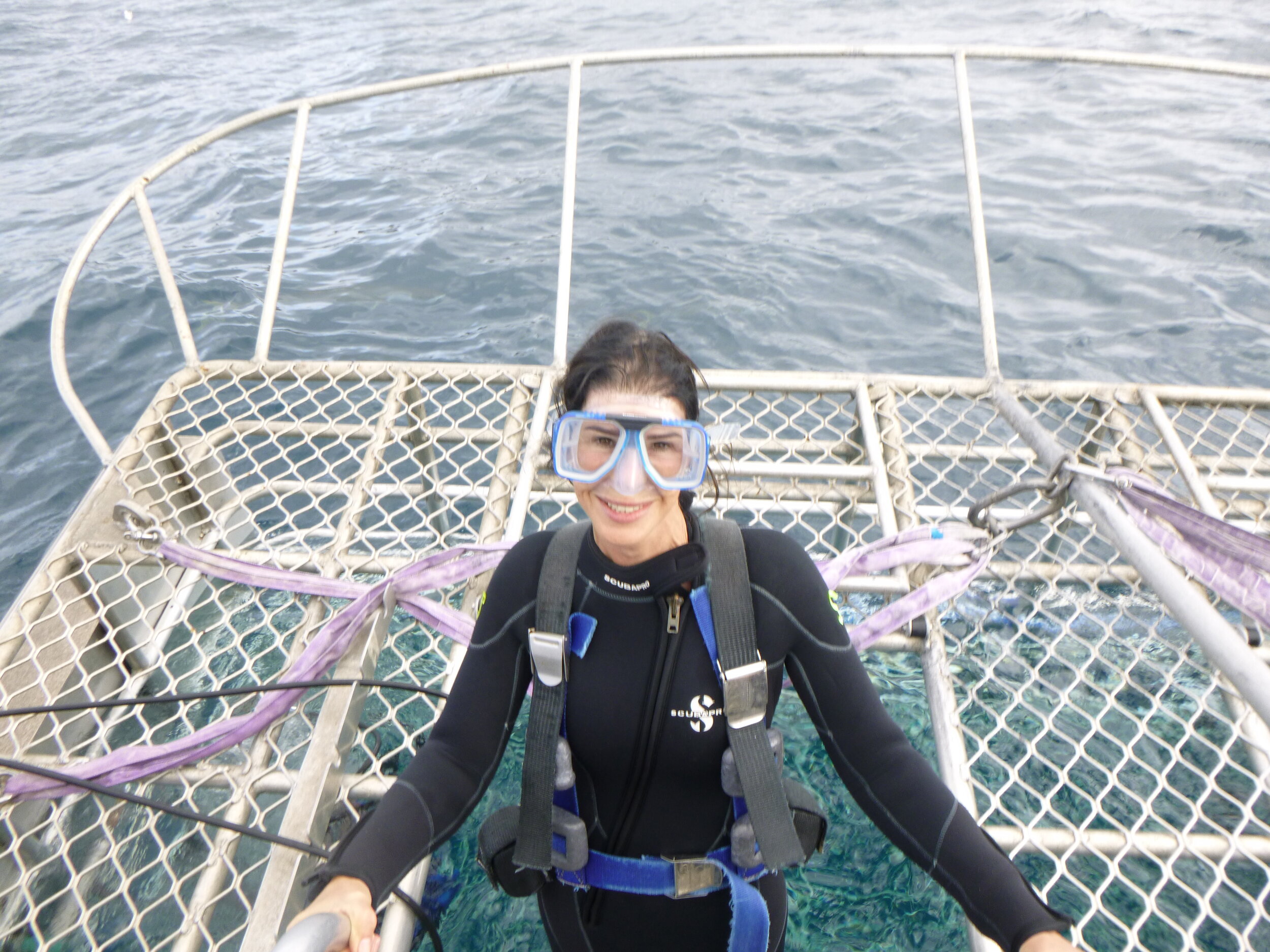Port Douglas to Sydney
/Leaving port douglas
We have, at last, managed to get ourselves in gear and are back on the road. Although the last 4 months in Port Douglas have been idyllic, it is exciting to be moving again, particularly so given the decisions we have now made to exit Australia. An inspirational quote popped up on FB the other day – ‘the only impossible journey is the one not started’ and whilst I would agree whole-heartedly with the sentiment I would add a caveat that ‘If something isn't working, don't try harder or do more, try something different’. Despite our very best efforts to make the transition from Oz to SE Asia with Bob and the more problematic Leroy, we kept coming up against issues that no matter how much we tried to navigate our way around them, just left us right back where we started. At the time of writing, most of SE Asia was still not open for tourism and there has been little or no news as to when this will change broadscale. After a particularly frustrating week making no progress whatsoever, we decided to broaden our horizons and determine what other options were open to us - just about the time that England lifted all restrictions in what many considered to be a bold move in living with Covid. In some respects, getting all of us to the UK is an obvious, easy choice and the only real downside is the 6 week shipping schedule for Bob. Timing-wise, we would be heading into UK and Europe at the beginning of Spring, we could catch up with family and friends and, whilst waiting for Bob to arrive, walk the 320 km Coast to Coast path. Quick show of hands/paws and, yes, we have a plan, one that includes Qatar and Qantas Airlines and OOCL Shipping.
port douglas surrounds
We have given ourselves a month to make the 2,600 km journey from Northern Queensland to Sydney which should give us plenty of time to enjoy the drive down whilst allowing a bit of flexibility for any delaying issues that hopefully won’t arise. The day before we were due to leave PD, the weather decided to have a last summer blast and the temperature rose into the high thirties, accompanied by sticky humidity and swarms of biting insects. Great, just what we wanted when leaving the luxury of air-con and getting ready to camp our way to Sydney. So, rather than head straight down the coast as originally intended, we headed inland and back up to the Tablelands hoping to find slightly cooler conditions. I think too, that having spent so long in PD and after an accumulation of many hours on 4 Mile Beach we were looking forward to some different scenery. An event worth mentioning – we have waded thigh deep through the ocean every day for over 4 months and, despite numerous warning signs, have seen no sign of any crocodiles nor marine stinging jellyfish. Until our penultimate day! As we were progressing slowly through the calm shallows we came across a couple of jellyfish and not knowing what type they were or whether they were outliers of a larger group, we exited the ocean and continued our walk along the sand. The following day we read that a 14 year old boy had died after getting stung just a couple of hundred kilometres further down the coast. I guess you really do need to be aware of the possible consequences when going into these tropical waters.
As hoped, the Tablelands were as lush as we recalled from our previous visit back in September and we enjoyed hiking up Mt Baldy before our first night camping in the grounds of Ravenshoe Golf Club. Ravenshoe is a typical Tablelands small town with a laid-back vibe and very pretty scenery and does have a couple of accolades – it is the highest town in QLD with an elevation of 930 m and it also claims to be the beard capital of Oz. As we were staying in the secluded grounds of the Gold Club we are unable to testify to the town's claim of many bearded men (and possibly women) but we enjoyed the lower temperatures that accompanied out height gain. If not for the hordes of marauding midgees it would have been pretty perfect although these annoying insects do guarantee an early night.
oh!
Our route was to follow the Inland Way as far as Rockhampton (1200 km) and once out of the tropical north to continue down the coast towards Sydney. Leaving Ravenshoe, our aim was to drive about 175 km a day thereby giving us plenty of time for exploring, finding some good walking tracks and also get in some cycling – we had the idea of one of us driving while the other cycled for about an hour each day. It was a bit of a surprise therefore when, by 11am the next morning, the temperature was sitting at 39°C! Admittedly, the humidity had gone but any sort of activity was clearly out of the question and our only option to avoid the searing heat was to drive... and drive.... and drive. Bob ate up the kilometres through the Central Queensland Highlands and through great swathes of uninhabited outback, any excitement during the day provided by our arrival at a roadhouse or tiny town – the average populations of which seemed to fall between 5 and 10. I think we saw about six other vehicles on the road all day. Bob's air con struggles a bit once outside temperatures get into the 30’s and packed full of gear, two perspiring adults and a panting 50kg dog, the interior was more than a little funky. Of more concern was the fact that I could feel the heat of the accelerator pedal through the sole of my sandals and really didn't want to focus on how hot the tyres must have been. It would have been an absolute nightmare to have any sort of mechanical failure and I struggled not to play with that possible scenario just in case I somehow brought about its eventuality. Not wanting to stop for the night until the temperatures had dropped we eventually pulled off the road into an abandoned gravel pit at 7pm and were amazed that the temperature was still nudging 40°C. After dinner, Ian was the first into our roof-top bed and when asked how hot it was up there he replied “it's ok as long as you don’t move". We consoled ourselves by agreeing that as hot as it was it would surely be hotter and more uncomfortable had we taken the coastal route and we had definitely made the right decision to come this way. The following day was worse, the temperature was in the 40s by mid morning. As the day progressed, we passed through tiny rural towns including the small community of Greenvale, Outback Qld where we stopped at the Green Rivers pub and were somewhat surprised to find a sausage tree in their back garden. This tree is Kigelia pinnata a central and southern African native, found occasionally in Australia, that after rain produces one of the most unusual flowers of any of the world's trees. The flowers appear like hanging clusters of orchid flowers, each individual flower about 10cm across, dark maroon in colour and of a velvety texture. We were too late to appreciate any flowers that the tree might have produced but we did see numerous, large, sausage-shaped woody fruit. These woody fruits are up to an impressive 60 cm long, weighing in at around 7 kg. Although the unripe fruit is poisonous, it is known to have been used in Africa as a treatment for rheumatism and also as a dressing for tropical ulcers. Given the rarity of these trees in Australia we were pretty impressed whereas Leroy was understandably disappointed.
gravel pit camping
A part of our journey that should have taken a leisurely week had taken 2 days and we arrived in Rockhampton too early to collect the pre-ordered new Samsung phone that was due to be picked up from JB HiFi. To fill in the extra time we drove into the seaside town of Yeppoon and booked into a Air bnb with much needed air-con. Talking to the owners we were informed that the extreme hot weather was unusual and the hottest on record and was part of the weather pattern that was causing flooding to parts of south-east QLD and NSW. Despite the sweltering heat, we enjoyed Yeppoon for a couple of days and after collecting the new phone were back on the road. This was the first time that I had pre-ordered a new mobile and it was a surprisingly heady experience to take ownership on the very first day of release. Unfortunately, the slightly larger size required a new RAM car cradle and therefore a visit to Johnny Appleseed in Brisbane was on the cards.
central queensland coast
Once past Rockhampton we expected the temperatures to drop a bit as we again crossed the Tropic of Capricorn, this time going from the tropics into the sub-tropics. As such, during our two day drive to Rockhampton we had identified a couple of 15 km walking trails at Tannum Sands which we thought would be good training for our up-coming Coast to Coast walk. No such luck, the oppressive heat was on-going and we only managed a quick, but pretty, there and back 3 km track through Canoe Point Recreation Park. We had planned to stay a couple of nights nearby and had found a great spot on the flood plain on the banks of the Boyne river. Picturesque for sure, but not a single tree for shade and so we carried on south and spent the night 30 km short of Agnes Waters/1770 at another gravel pit. You could be forgiven for thinking that camping in a gravel pit is really the pits (groan), but they do make for good overnight stops. Surprisingly, there is rarely anyone else there, they are completely flat and they are usually far enough away from the road that you get a good night's sleep. We were even treated to an amazing lightning display that lasted for a good five hours and, given it was coming from the direction that we were heading, boded well for a cooler change. Ian drove into the twin towns of Agnes Waters and 1770 the next morning whilst I took the opportunity to cycle in. These small oceanfront towns line the northern-most of Queensland’s surf beaches, and are often described as ‘last in a line of beautiful unspoiled beaches that sweep up the coast from Bundaberg’, and yes, like much of the Queensland coast they live up to their reputation but the secret is definitely out as the place was packed. The caravan park was overflowing and the nearest place for a wild camp was back at the gravel pit. We had some lunch at a small cafe, which was literally on the beach, before deciding it was all too busy for us and piled back into Bob. Unlike other parts of Australia that we have visited, the Queensland coast offers little scope for free camping and once past Bundaberg, and not wanting to stay in a caravan park, Ian consulted WikiCamps and found Wyper Scout park, a large bush area on the banks of the Burnett River. This turned out to be a real stroke of luck as on our second night there the rain finally came with swirling winds, ear-splitting thunder and dramatic lightning. Able to take advantage of one of the scout shelters, we unpacked our waterproofs and sat it out. Without the shelter, which was keeping us and everything we now own, out of the worst of the weather, it would have been a challenging night.
By now, we were a bit over the extremes of weather and being a lot further south than we had anticipated we pointed Bob towards Noosa and another Air bnb. Even this simple act was prone to difficulties as many of the roads were closed as a result of flood waters over the previous week. We were frequently turned back, on one particular instance we had travelled for 45 min along a road only to find a barrier preventing further progress and the only option being to go all the way back along the way we had just come. Another road was closed as the entire bridge had been washed away and many other roads were undergoing big clean-up operations. We made slow progress in ever increasing circles until eventually reaching Noosa. We had been to Noosa before and not wanting to compete with the crowds, stayed a couple of km away at Sunshine Beach which, unfortunately, was not living up to its name as it was now raining, pretty much non-stop.
scenic rim adventure park
Sunshine Beach is a great alternative to busy Noosa, a relaxed, friendly place with an easily accessible long sandy beach which was, for the most part, pretty much deserted which may or may not have been as a result of the rain. We stayed a few days and enjoyed exploring the area on our bikes despite the heavy showers and heart-pumping hills that were impossible to avoid. We walked a section of the 90 km coastal walk that links south south Caloundra and Noosa which took us through small areas of bushland atop the ocean cliffs affording great views of the surrounding coast. The return route was back along long sandy beaches with some occasional rock scrambling in order to get around the small headlands. It felt good to do a decent length walk, as preparation for our upcoming long-distance UK hike has been, so far, non-existent.
There is no denying that the eastern Australian coast is stunningly beautiful, but there is a definite sense of Groundhog Day as you pass from one seaside town to the next, each one seemingly more busy than the last one and so we once again turned inland and continued our journey towards Sydney through some of the most beautiful countryside that we had seen so far. Green rolling hills stretching as far as the eye could see, interrupted by patches of pine forests and pretty, rural towns. We meandered along narrow winding roads enjoying the spectacular scenery, bright cloudless skies and perfect temperatures under 30°C.
pokolbin forest
Our route took us through Eumundi (renowned for its fabulous markets) and Maleny before crossing the border into NSW where we passe through Alstonville, Deepwater, Armidale, Tamworth and Muswellbrook. Overnight stops included showgrounds, farm stays and the excellent Scenic Rim Adventure Park (if you are at all into 4x4 driving tracks, private quiet campsites with stunning views, this would be your place). The showgrounds, a constant in many Australian towns, offer great, clean facilities for an overnight stay. They do not usually require a pre-booking and, at the end of the day, when nothing else has presented itself, it is a relief to drive through their gates. Ordinarily there would be plenty of room to set up camp but a couple of times, due to the grassed areas being too wet to drive on, everyone staying was crammed into a compact car park area where you are at the mercy of your neighbours to determine whether the stop-over is good, bad or ugly. However, it was nice to see the various showgrounds being well utilised and in many of the rural towns we drove through it was apparent that they are very much at the centre of the local communities. We have been entertained with greyhound racing, harness racing and, best of all, taken on a private tour of Tamworth's rescued fire engines. Should you ever find yourself in the vicinity of Tamworth do go and talk to the group of men restoring these vehicles. The group is made up of retained, retired and permanent firefighters, many of whom have suffered from PTSD, who get together to restore these quite amazing vehicles that, in some instances, they actually manned as far back as the 1950’s.
last day on the road, 150km to sydney
Our last night on the road in Australia was spent high up in the Pokolbin forest overlooking the iconic Hunter Valley.
After 10 months travelling Australia we are now headed to the UK and Europe. Bob has already been delivered to the ports and is waiting for his ship to arrive. Leroy is preparing for his Qatar flight to Manchester and we are checking and double-checking that we have all our documentation in place to fly with Qantas to Heathrow. We have thoroughly enjoyed our travels through this huge, diverse country and leave with many memorable experiences, not least this song by singer/songwriter Steve Case who was part of the team up at Lake Argyle, WA.






















































































































